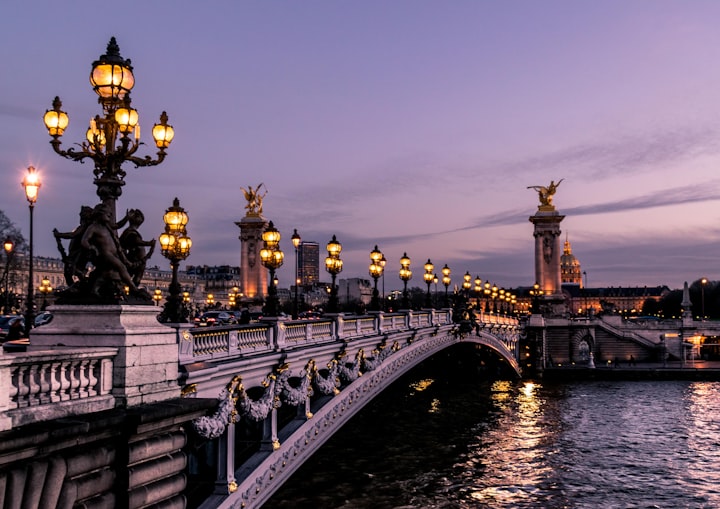Hawaiian goose (nene)
A goose that was saved from extinction by a British nature reserve

I have never been to Hawaii, but I have a vivid memory of a close encounter with a Hawaiian goose, or nene.
The Slimbridge Reserve on the Severn Estuary (Gloucestershire, England) was instrumental in helping to save the species from extinction in the 1950s and 1960s, and there is still a population of these impressive looking geese there today.
Some years ago I paid a visit to Slimbridge at the wrong time of year. The wintering birds had flown away and it was outside the breeding season. I walked into one of the many hides to see what I could see from the prospect across the mudflats. Absolutely nothing! Not a bird in sight! To go to one of the country’s most renowned bird sanctuaries and not see a single duck or goose was a bit of a let-down, to say the least.
I turned to leave and found myself face to face with a most beautiful bird, a single Hawaiian goose, that had followed me into the hide. It stared at me and I stared at it, and I was soon struck with the absurdity of the situation in which the only birds to be seen were on the inside of the hide, not the outside!
The nene (so named from its soft call, although it has other voices), scientific name Branta sandvicensis, is similar in many ways to the Canada goose, to which it is related, but smaller and with very distinctive markings.
They are smaller than Canada geese, at about 21-26 inches in both height and length. They are mostly brown in colour, but black on the face, crown, bill and feet. The feathers on the neck are deeply furrowed and give the impression that the neck has been twisted round. Males and females are very similar in appearance.
The nene is a waterbird that, in the wild, has no need to swim on water, so its feet have much less webbing than those of other geese.
Indeed, the natural environment of the nene is one of the strangest imaginable for a goose. It lives among the high lava flows of the volcanoes of the Hawaiian islands, although it may once have lived at lower levels before hunting and predation by introduced animals forced it to move higher up. It is now found mainly at altitudes of 5,000-8,000 feet.
It feeds on the leaves, fruit and seeds of native plants that grow in the “kipukas”, or areas of vegetation between the old lava flows. It also gets its water from the berries of these plants. Feeding takes place during early mornings and late afternoons, with the birds resting in shade during the hottest part of the day.
Three to five eggs are laid in saucer-shaped nests among the vegetation, and are incubated by the females for about 29-30 days while the males stand guard. The long fledging period of the goslings, of around three months, is a dangerous time, as there are many predators that threaten the young, such as rats and mongooses, and the nests are at risk of trampling by goats and pigs.
The surviving goslings may stay with the adult birds as a family group for up to a year after hatching, only dispersing when the next breeding season comes around. Incidentally, the nene is unusual in that it breeds during the winter months between October and March.
As if these harsh living conditions were not enough, the nene was regarded as suitable prey for hunters during the early part of the 20th century, and it is estimated that a population of 25,000 had been reduced to as few as 25-30 birds by 1949. Efforts to reverse the decline in numbers started in earnest in the 1950s, helped by the nene being adopted as the state bird of Hawaii in 1957 (prior to full statehood being granted in 1959).
The saving of the species was largely due to the efforts of a rancher, Herbert Shipman, who raised a number of birds in captivity himself, and who alerted the British naturalist Sir Peter Scott to the plight of the nene. Sir Peter took three birds to Slimbridge and started the breeding program that eventually led to the successful reintroductions of birds to Hawaii from the 1960s onwards.
There are now populations on Hawaii, Maui and Kauai, but it has not been easy to maintain these. Nesting sites need protection, and predators must be controlled. It is probable that, without constant augmenting of the flocks from captively reared birds, the population, currently at around 800, would decline once more.
In the meantime, perhaps the most reliable place to see Hawaiian geese is still Slimbridge, where maybe the nenes will be as keen to see you as you are to see them!
About the Creator
John Welford
I am a retired librarian, having spent most of my career in academic and industrial libraries.
I write on a number of subjects and also write stories as a member of the "Hinckley Scribblers".






Comments
There are no comments for this story
Be the first to respond and start the conversation.